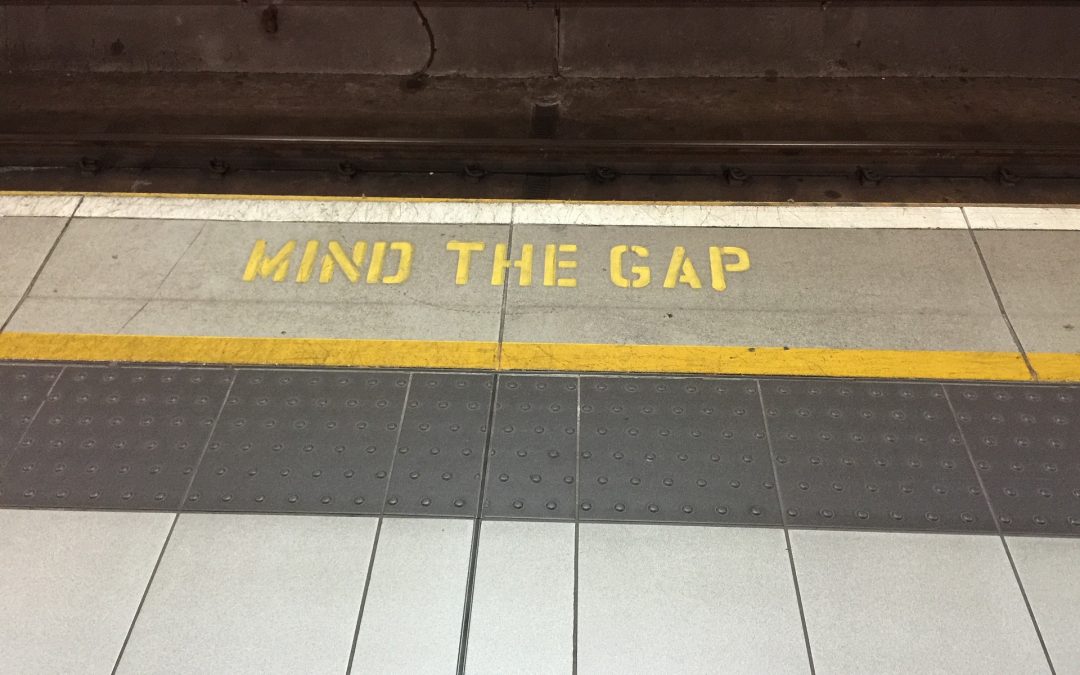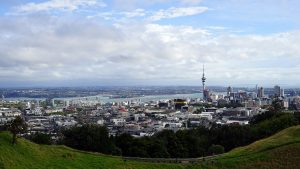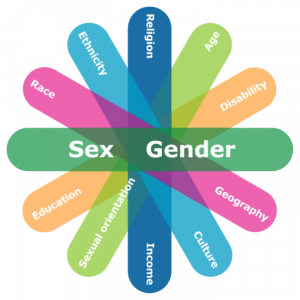By Kathryn Cammell –
Learning from policies adopted elsewhere is often what underpins innovative change in local government. In the case of Auckland Council, we saw this with the introduction of a living wage for Auckland Council employees. A Living Wage Unit was established in London in 2001, and it subsequently became a national movement that inspired local campaigns across the United Kingdom. In September 2017, Auckland Council introduced a similar policy which increased the wages of more than 1,500 employees to $18 per hour. Speaking on the policy, Mayor Phil Goff praised the work of Alan Freeman, the former Principal Economist for the Greater London Authority, who inspired and informed the reform in Auckland Council.
But there are other international initiatives that would make for more inclusive and efficient policy making and service delivery. One of these is gender mainstreaming – best exemplified by San Francisco, California.
GENDER MAINSTREAMING |
San Francisco is a city that regularly ranks highly in an array of global indexes. A.T. Kearney’s 2017 Global Cities report ranked San Francisco in the top 25 cities in the world, based on metrics such as political engagement, business activity, cultural experience, innovation, and personal well-being. According to the report, San Francisco is a world leader in innovation and an economic powerhouse that attracts global capital, people, and ideas.
But fully integrated with San Francisco’s economic strength sits the City and County of San Francisco Department on the Status of Women, which is internationally recognised for its innovative approaches to promoting gender equality. In April 1998, San Francisco became the first municipality in the world to adopt a local ordinance that reflected the principles of the United Nations Convention on the Elimination of All Forms of Discrimination Against Women (CEDAW). This required the development of proactive measures to ensure that city resources, actions, and policies did not discriminate against women and girls from any community. One such measure adopted was to undertake regular gender analyses of city operations, including the budget, workforce, and policies.
Gender analysis involves an examination of the differences between the lives of men and women, including those which result in social and economic inequity for women. The knowledge gained from this analysis is then applied to service delivery and policy development, with the objective of addressing the underlying causes of inequity and achieving gender equality goals. In San Francisco, the CEDAW ordinance requires city departments to use the data gathered through the process of gender analysis to proactively eliminate all forms of discrimination against women and girls.
The Department of Public Works (DPW) in San Francisco is a great example of how gender analysis can improve the effectiveness of policies and the responsiveness of a local government to the needs of its constituents. The DPW is responsible for maintaining, repairing, designing, and managing the construction of the city’s public facilities and physical infrastructure. Since the department is focused on the physical environment and is not involved in the delivery of social services, it was generally assumed that their work was gender-neutral. However, a gender analysis of a DPW street-lighting project revealed that women tend to feel more vulnerable than men at night due to a greater fear of sexual assault. As a result, the department worked to increase the level of street-lighting near public facilities to ensure both men and women felt safe. By researching how the needs of men and women might be different in regards to street-lighting, the department was able to improve the effectiveness of their project.
In addition, a gender analysis of the DPW workforce brought to light the issue of gender segregation within the department. In 1999, over 80% of the employees earning more than $70,000 per year were men. The numbers of men and women were only roughly equal in the lowest salary range. Following the requirements of the CEDAW ordinance, the DPW introduced initiatives to address discrimination within the department. A support group for women was created to facilitate discussions of the types of issues that they were facing, such as the difficulty of finding adequate childcare services during non-traditional hours. The department listened to these concerns, and responded by compiling a list of childcare providers who operated during non-traditional hours to support female employees working the night or swing shifts. Evidently, engaging with their female employees helped the department to understand the different needs and challenges faced by these women and respond accordingly.
So, what can Auckland Council learn from San Francisco?
In the case of the DPW in San Francisco, consulting with both men and women on policies that were assumed to be gender-neutral revealed that women often have different experiences and needs. To facilitate these discussions, Auckland Council could create an advisory panel for women which includes diverse groups of wāhine to understand how their policies – and not just the ones that are directly targeted at women – affect different groups of women in Auckland. There are already advisory boards and panels for Māori, Pacific peoples, migrant peoples, the rainbow community, youth, seniors, people with disabilities, so a clear precedent for active dialogue with community stakeholders has already been set. Understanding how policies can differentially impact diverse groups of women is a key part of gender analysis – we can’t keep pretending that policies are gender-neutral, and that they affect men and women the same way. We need diverse groups of wāhine to be leading the discussions on how policies affect them and their lives, and how Auckland Council can better meet their needs.
A second lesson to be learnt from San Francisco is the importance of incorporating a gender analysis into all of the Council departments and all aspects of policy-making. Currently, Auckland Council’s Significance and Engagement Policy (which identifies how and when to engage with communities) does not discuss how to effectively consult with different groups of women in Auckland. In addition, the Governance manual (which provides Auckland Council employees with guidance on decision-making) makes no mention of women, save for women’s roles in the pōwhiri and mihi whakatau. These two documents offer a great starting point for Auckland Council to begin its gender analysis and an opportunity to incorporate a gender lens into their service delivery and policy-making processes.
One weakness of the gender mainstreaming initiative in San Francisco is the absence of an intersectional perspective. For a great example of how this can be done, Auckland Council could look to the Gender-based Analysis Plus (GBA+) initiative developed by the Status of Women Canada (http://www.swc-cfc.gc.ca/gba-acs/index-en.html). The Government of Canada has been committed to incorporating the GBA+ approach into the development of their policies, programmes and legislation since 1995. The GBA+ programme considers how multiple identity factors such as race, ethnicity, religion, age, and mental or physical disability intersect in ways that influence how people experience the world.
Understanding how various social identities intersect with gender is key to developing policies that recognise and address the way particular policies and acts are biased against gender as well as other identity factors like ethnicity and sexuality. An intersectional approach to gender analysis encourages diversity of thought in how problems are defined and how policies are developed, implemented, and evaluated. It also promotes the inclusion of the voices of vulnerable and marginalised groups and individuals in the policy-making process.
An intersectional perspective is incredibly important in a multicultural city like Auckland, where there are both crucial responsibilities to honour Te Tiriti o Waitangi (The Treaty of Waitangi), and also more than 220 recorded ethnic groups living in a population of about 1.4 million residents. This makes Auckland more culturally diverse than Sydney, Los Angeles, London and New York. Adapting the GBA+ framework to the Auckland context would provide Council employees with the tools to continually improve the quality of their work and be more responsive to the specific needs and circumstances of different groups of Aucklanders.
Gender analysis is necessary because women will continue to be disadvantaged unless their lived realities and life experiences are reflected in policies and their delivery mechanisms. If the current insistence on ‘gender-blindness’ is continued, then the disparities between men and women in the areas of employment, labour market participation, management and leadership will become further entrenched within New Zealand society.
San Francisco has shown the world that local governments can be innovative leaders in the push for gender equality. Learning from San Francisco’s experiences and adopting their own gender mainstreaming instruments would help improve Auckland Council’s responsiveness to the needs of their female employees and constituents, while simultaneously boosting its international reputation as an innovative city that values gender equality and encourages civic engagement. These steps do not require a radical restructuring of the Council – just a willingness to learn from others.
Kathryn Cammell is a University of Auckland postgraduate student in History with additional interests in public policy and criminology. She was a Summer Scholar with the Public Policy Institute in 2017-18, working with Prof. Jennifer Curtin on the PPI’s Gender Analysis Project.
** Professor Sue Himmelweit is speaking on gender budgeting on Thursday 1 March at 4pm. Hosted by the Public Policy Institute. For more information, please click here.





